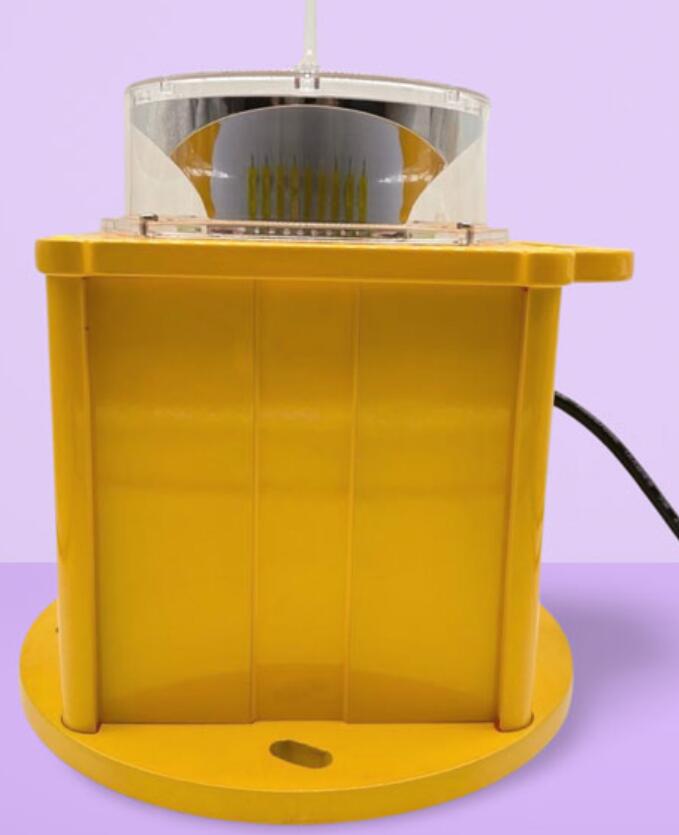Heliport Rotating Beacon: The Unsung Hero of Nighttime Aviation Safety
When it comes to aviation safety, especially during nighttime operations, the heliport rotating beacon plays a pivotal role. This unassuming yet critical device ensures that pilots can locate heliports with ease, even in the darkest of conditions. In this article, we’ll explore the importance of the heliport rotating beacon, its functionality, and why it’s an indispensable tool for modern aviation.
What is a Heliport Rotating Beacon?
A heliport rotating beacon is a high-intensity light system designed to mark the location of a heliport. It typically emits a rotating beam of light, often in a distinctive color such as white, green, or yellow, to distinguish it from other types of aviation beacons. The rotating motion ensures that the light is visible from all directions, making it easier for pilots to identify the heliport from a distance.

Why is the Heliport Rotating Beacon Essential?
Enhanced Visibility in Low-Light Conditions
Nighttime or low-visibility conditions pose significant challenges for pilots. The heliport rotating beacon acts as a guiding light, ensuring that the heliport is easily identifiable. This is particularly crucial in urban areas where multiple light sources can create confusion.
Improved Safety for Emergency Operations
In emergency medical services (EMS) or search-and-rescue (SAR) operations, every second counts. The heliport rotating beacon helps pilots locate landing zones quickly and accurately, reducing the risk of accidents and ensuring timely response.
Compliance with Aviation Regulations
Many aviation authorities, including the FAA and ICAO, mandate the use of heliport rotating beacons for certified heliports. Compliance with these regulations not only ensures safety but also avoids potential legal issues.
How Does a Heliport Rotating Beacon Work?
The heliport rotating beacon is typically mounted on a tall structure, such as a tower or the roof of a building, to maximize its visibility. It consists of a powerful light source, a rotating mechanism, and a control system. The light rotates at a specific speed, creating a flashing effect that is easily distinguishable from other lights. Modern beacons often use LED technology, which offers higher efficiency, longer lifespan, and lower maintenance costs compared to traditional incandescent bulbs.
Helipad beacon |
Helipad beacon |
Key Features to Look for in a Heliport Rotating Beacon
Durability and Weather Resistance
Since the heliport rotating beacon is often exposed to harsh weather conditions, it must be built to withstand rain, wind, and extreme temperatures. Look for models with robust construction and IP-rated enclosures.
Energy Efficiency
With the shift towards sustainable aviation, energy-efficient beacons are becoming increasingly popular. LED-based heliport rotating beacons consume less power while providing brighter and more reliable illumination.
Customizable Light Patterns
Some advanced models allow for customizable light patterns and colors, enabling heliports to meet specific regulatory requirements or operational needs.
Remote Monitoring and Control
Modern heliport rotating beacons often come with remote monitoring capabilities, allowing operators to check the status of the beacon and control its operation from a distance.
Applications of Heliport Rotating Beacons
Hospital Helipads
Hospitals with helipads rely on heliport rotating beacons to guide air ambulances during critical emergencies. The beacon ensures that pilots can land safely, even in adverse weather conditions.
Offshore Heliports
Offshore oil rigs and wind farms often have heliports for transporting personnel and equipment. The heliport rotating beacon is essential for marking these remote locations, especially during nighttime operations.
Urban Heliports
In densely populated urban areas, heliport rotating beacons help distinguish heliports from other light sources, ensuring safe landings and takeoffs.
The Future of Heliport Rotating Beacons
As technology continues to evolve, so does the heliport rotating beacon. Innovations such as solar-powered beacons, smart control systems, and integration with drone technology are shaping the future of aviation lighting. These advancements promise to make heliports even safer and more efficient.
The heliport rotating beacon may not be the most glamorous piece of aviation equipment, but its role in ensuring safety cannot be overstated. Whether it’s guiding an air ambulance to a hospital helipad or marking an offshore heliport, this device is a true unsung hero of nighttime aviation. Investing in a high-quality heliport rotating beacon is not just a regulatory requirement—it’s a commitment to safety and efficiency.
By understanding the importance and functionality of the heliport rotating beacon, aviation professionals can make informed decisions that enhance operational safety and compliance. So, the next time you see that rotating beam of light in the night sky, remember the critical role it plays in keeping our skies safe.
